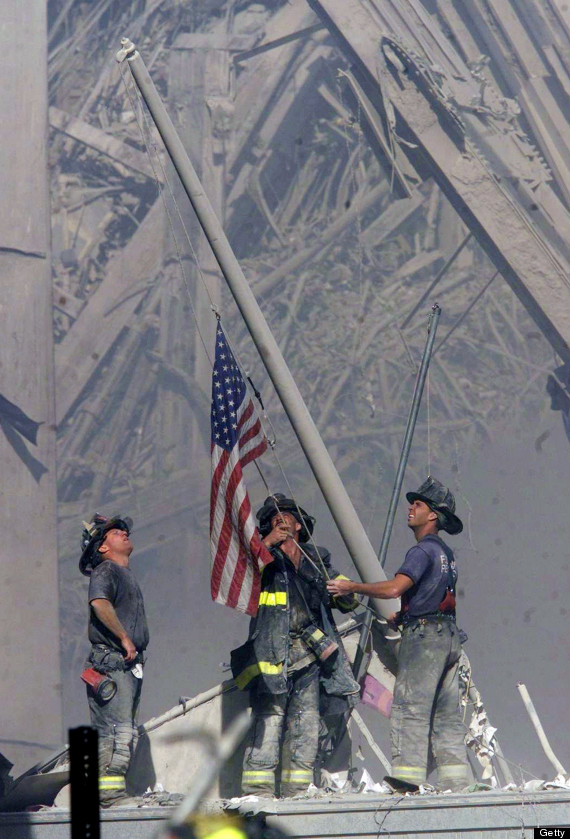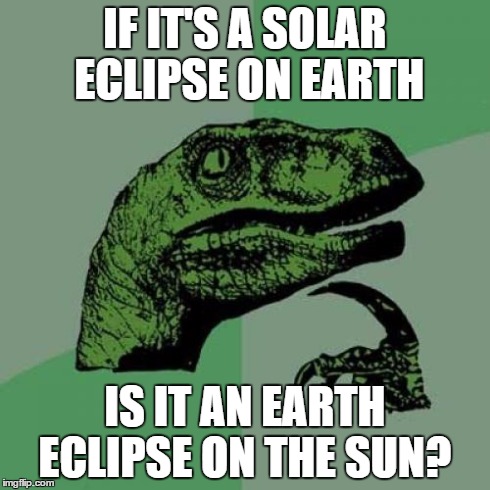#AudienceAwarenessTwitter
Step One: Choose your hashtag
You may search Twitter (and possibly use Google) to see if there are any hashtags currently in use that grab your attention. Once you decide on a hashtag, you will tweet using the class hashtag to alert Mrs. Cole of which hashtag they chose to explore.
Please use the following format for this tweet: “I chose Hashtag _______ #AudienceColeTwitter”
You will not use the pound key for the hashtag you have chosen in this tweet because this tweet is not related to that hashtag.
Step Two: Research your hashtag and Audience
You will search the hashtag on Twitter. There you will find an archive of all the tweets that used the hashtag. You will then research how the hashtag has been used/is being used.
Consider the following: Who is using the hashtag? What is the context in which people are using the hashtag? What is their purpose for using the hashtag? Are there any major divides in how the hashtag is used (do some use it sarcastically while other use it seriously)? Who are reading these tweets?
You will tweet answers to these questions with the class specific hashtag #AudienceColeTwitter
Step Three: Possible Audience
Consider who else might follow this hashtag without actively using it in their tweets. Consider the following: Are there people you imagine looking up this hashtag without using it in their tweets? Who could these people be? Will this impact your tweet?
Tweet answers to these questions with the class #AudienceColeTwitter
Step Four: Other Audience
Consider who else might read their tweets.
Examples of possible audience: teachers, employers, colleagues, etc. Answer the following questions: Will this impact your tweet? How?
Tweet answers to these questions using the class #AudienceColeTwitter
Step Five: Audience Awareness gone well
In your research of this hashtag, where have you seen audience awareness handled thoughtfully? Screenshot a tweet example and explain what you see as a successful handling of audience.
Tweet answer using class #AudienceColeTwitter
Step Six: Audience Awareness gone poorly
In your research of this hashtag, where have you seen audience awareness handled poorly? Screenshot a tweet example and explain what you see as a poor handling of audience.
Tweet answer using class #AudienceColeTwitter
Step Seven: Tweet
You will produce and publish your tweet using their chosen hashtag. Yes, tweet something using the hashtag you are exploring.
You will take a screenshot of your tweet and then tweet that picture using the class #AudienceColeTwitter
Step Eight: Reflect
Once you have tweeted on your chosen hashtag, you will tweet out your reflection of this activity. You will thread your tweets with multiple repsonses... by chance if you don't know how to do this:
How to Thread Tweets
Things to consider... What have you learned about audience awareness from this activity? What have you learned about audience awareness and social media?
Step Nine: Collect
Now that you are done with the activity, you will collect screen shots of each tweet, and arrange on a Google Document... under each step label. You will have a total of 8 Steps... Upload this document to Google Classroom by October 6th.












